Another federal funding standoff has tipped into a shutdown, and the headlines make it sound apocalyptic. For Wyoming, the reality is messier and more local: some services keep humming, others slow to a crawl, and a few could grind to a halt if the lapse drags on.
Start with what stays steady. Social Security checks still arrive, and people on Medicare and Medicaid can keep seeing doctors. The catch is the customer-service machinery behind those programs — call centers, casework, and some enrollment support — tends to scale back, which can make simple tasks feel like a slog. That’s already sparking worries about delays for new Medicare cards and questions around telehealth coverage if Congress doesn’t pass separate extensions.
Air travel, despite all the drama, usually soldiers on. Air traffic controllers and TSA officers are considered essential, so flights continue even if lines get longer and tempers shorter. Cheyenne’s airport director says Wyoming travelers shouldn’t expect the sky to fall, though prolonged shutdowns in the past have led to staffing shortages and delays elsewhere. Safety researchers note commercial accident rates don’t spike during shutdowns, but oversight work — manufacturing inspections and accident investigations — can get pushed back.
On public lands, the picture is complicated and changes with each shutdown plan. The Interior Department has told parks they can tap entrance fees to keep basic services running—restrooms, trash pickup, campgrounds, emergency response — while locking visitor centers and other buildings. Advocates warn that keeping parks “open” with skeleton crews invites vandalism, illegal off-roading, and sanitation problems, a pattern seen during the 2018–19 shutdown. Gateway towns don’t want the doors closed at all; even partial closures ripple through hotels, guides, restaurants, and outfitters in a shoulder season that can still be busy in places like Jackson. Grand Teton and Yellowstone drew hundreds of thousands of visitors last October, and operators say bookings were still strong heading into fall before the shutdown scare started spooking travelers.
Beyond the parks, federal land agencies are bracing. The Forest Service and Bureau of Land Management typically furlough large chunks of their workforce under contingency plans. Roads and trails often remain accessible, but don’t count on routine maintenance or ranger programs. In wilderness areas, staffing is already thin — only two of Wyoming’s 15 wilderness areas are staffed after recent cuts — so local nonprofits are pulling volunteers rather than send them out without federal oversight. That’s not just about trail work; this is the season when bears are active and food-storage education prevents conflicts. Energy work on BLM lands — permits, inspections, approvals — can slow sharply too, although some fee-funded tasks may limp along.
Back in Cheyenne, state leaders are trying to cushion the blow. Gov. Mark Gordon’s office has told agencies Wyoming will keep paying state employees whose jobs rely fully or partly on federal dollars — at least in the short term—so residents don’t feel the immediate pinch. The state used the same playbook in past shutdowns and expects, though can’t guarantee, federal reimbursement later. If Washington gridlock drags out, the tone shifts: Wyoming could pause federally funded contracts and programs or furlough employees tied to those dollars. Budget officials say they’re “underreacting” by design, watching cash balances and federal drawdowns daily and adjusting if the stalemate lasts. The Department of Health, which leans heavily on federal funding, says it can keep services going with minimal disruption for a few weeks.
Federal workers in Wyoming are already feeling it. The longer the shutdown, the more furlough notices land in inboxes, with “essential” employees still reporting for duty but everyone waiting on pay. At F.E. Warren Air Force Base, uniformed personnel keep the mission going while roughly 400 civilian workers face furloughs. The base says national-security functions come first, but broader modernization efforts — like the multi-billion-dollar Project Sentinel to overhaul the land-based nuclear arsenal — could see fresh delays depending on how long Congress takes to reopen the taps.
City halls and county offices aren’t immune to the slowdown either. Federal partners are canceling meetings, and grant timelines are getting fuzzy. Cheyenne expects more annoyance than crisis — think delayed application reviews or awards rather than outright cancellations — unless the shutdown lingers.
Politics are, of course, part of the story. Wyoming’s congressional delegation is blasting Democrats over the impasse, while Democrats are pushing to extend health-insurance tax credits, reverse earlier Medicaid cuts, and protect funding for federal health agencies. The last major shutdown, in 2018–19, lasted 35 days, furloughed hundreds of thousands, and left a dent in the national economy. This one could reach deeper because none of the regular spending bills have cleared Congress yet.
For families and businesses here, the guidance is simple but not satisfying: assume core benefits keep flowing, expect slower responses everywhere else, and watch the calendar. If Washington resolves this quickly, most Wyomingites will barely notice beyond a few headaches at call centers and park gates. If it doesn’t, the state can bridge the gap for a while — covering paychecks, keeping programs afloat — but the longer the standoff stretches, the tougher the choices get, from furloughs to paused contracts to a quieter fall in our gateway towns.
In the meantime, roads and trails will still draw hunters and leaf-peepers, planes will still take off, Social Security checks will still hit bank accounts, and most clinics will keep their doors open. It’s everything behind the scenes — permits, pay, planning, and the people who make public services work — that runs on fumes during a shutdown. That’s where Wyoming will feel it first.
Wyoming News Now, Wyoming Tribune Eagle, Gillette News Record, Buckrail, Wyoming Public Radio, KGAB AM 650 contributed to this report.
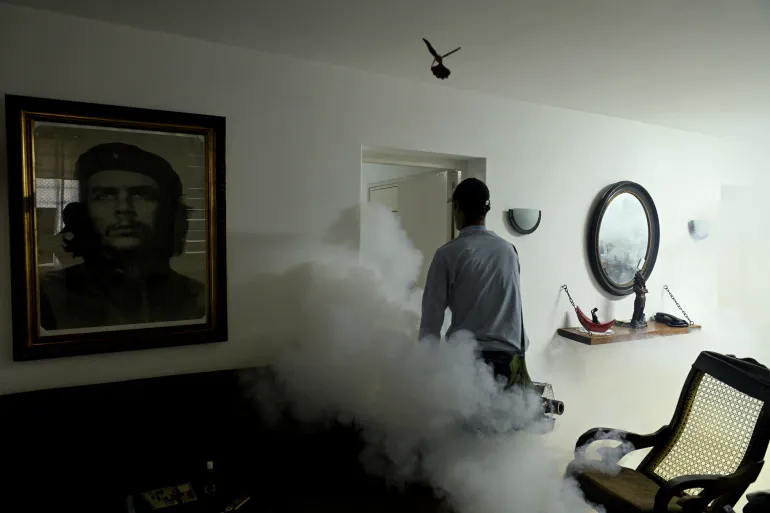
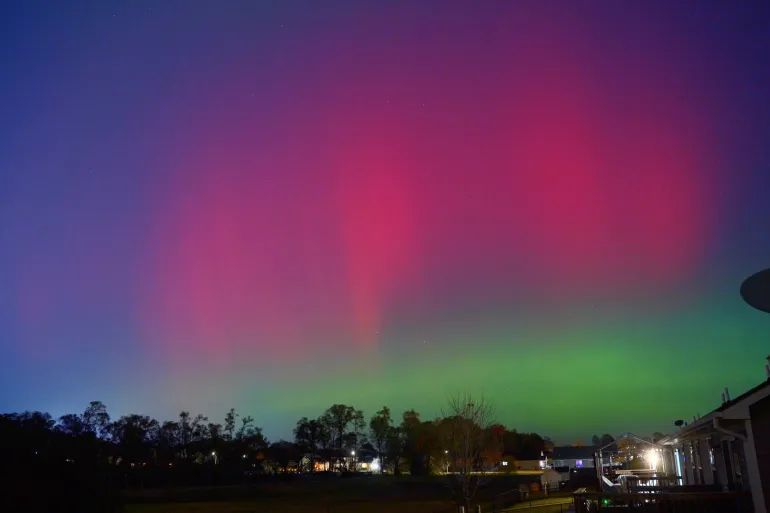
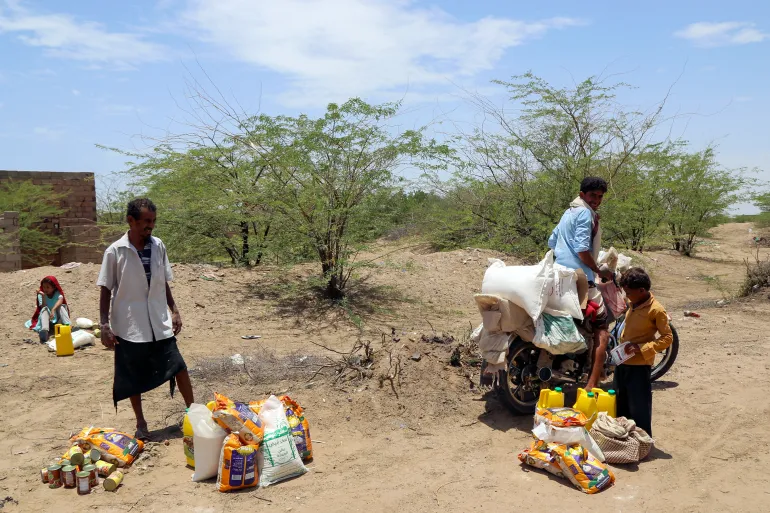


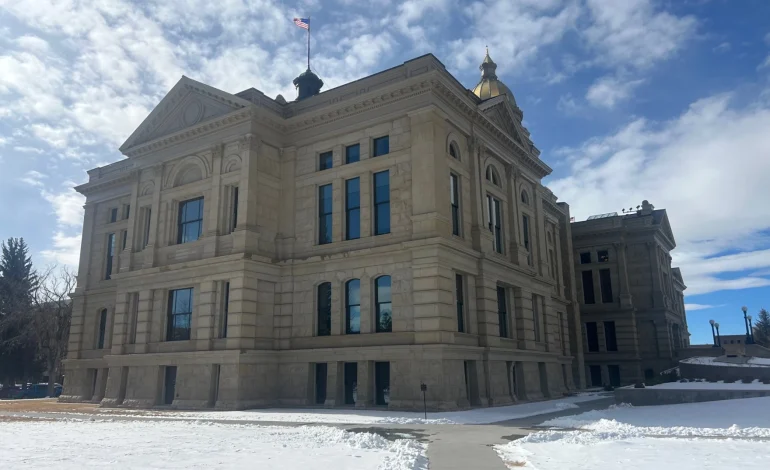


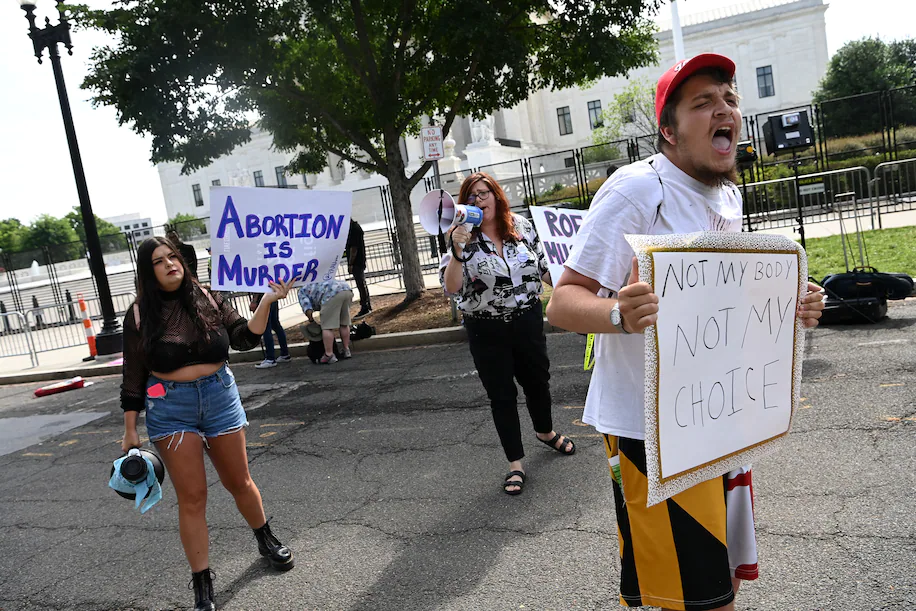

The latest news in your social feeds
Subscribe to our social media platforms to stay tuned